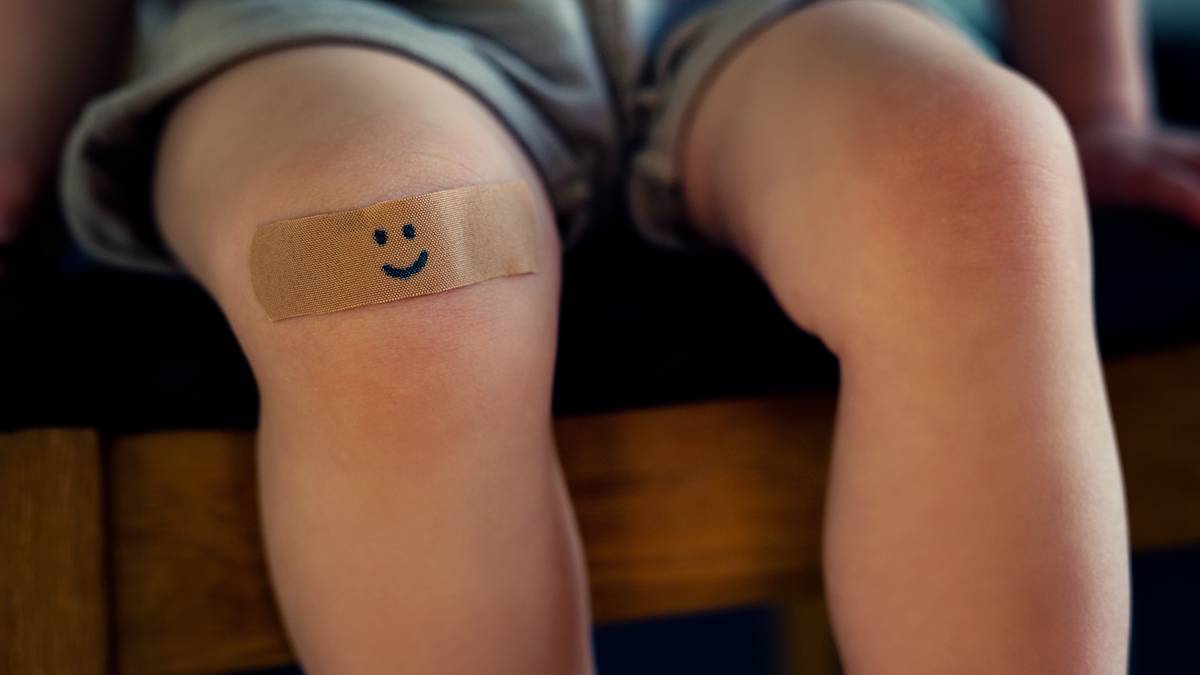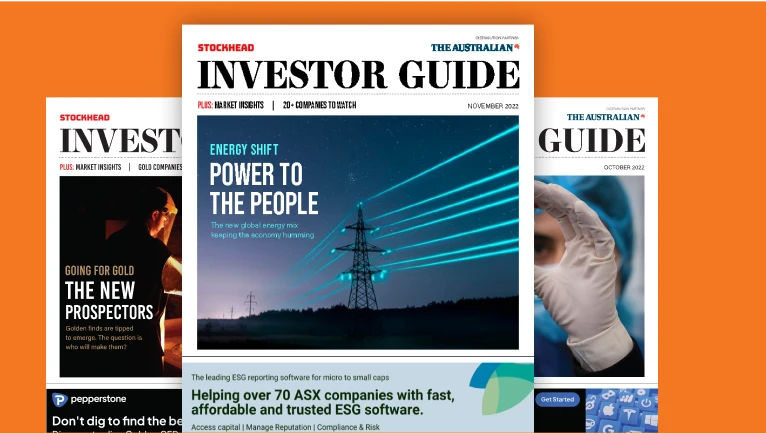Health Check: Avita salves its wounds with a lightning $23 million raising

Ah, that feels better already! Avita eases its balance sheet pain with a raising. Pic via Getty
- Avita shares jump up to 13% after the company’s $23 million equity raising
- EBR Systems narrows June quarter loss
- Orthocell is on track with its US rollout
Burns and woundcare outfit Avita Medical (ASX:AVH) has answered concerns about its balance sheet with a lightning $23 million equity raising, by way of a private placement.
Avita this morning said the deal was done at $1.32 per share, an 11% discount on last night’s close.
While raisings normally drag down shares, Avita stock gained as much as 13% as investors celebrated the extra breathing space.
Avita is Nasdaq listed, but the company gathered the moolah via its local Chess Depository Interests.
Avita will use the proceeds for working capital and to enable “additional strategic flexibility to support continued growth of the company’s therapeutic acute wound portfolio”.
The funds should cover operations “until free cash flow begins in 2026”.
The action follows Friday’s poorer-than-expected June quarter result, largely reflecting US reimbursement delays.
Avita reported cash and equivalents of US$15.7 million as of June 30, having lost US$9.9 million in the quarter.
Management has trimmed calendar 2025 guidance to US$76-81 million, from the previously guided US$100-106 million. The tally is 19-27% higher year on year.
Avita also has a US$40 million debt facility, from specialist lender Orbimed Advisors.
Avita fell short of meeting its revenue covenant during the quarter. Orbimed agreed to take the breach fee in equity and agreed to lower sales targets for the next four quarters.
This was not for the first time.
The company last week said it was “actively evaluating strategies to obtain the required additional funding for future operations [including] an equity raising.”
Atomo Diagnostics is in a good place-ment
Still on capital raisings, lateral flow test maker Atomo Diagnostics (ASX:AT1) has placed the remaining shortfall of $416,600 from its recent share purchase plan (SPP).
The company cites interest from institutional and sophisticated investors, following a US$410,000 from Lumos Diagnostics (ASX:LDX) for Atomo’s Pascal cassettes.
This hardware is the basis of Lumos’s Febridx tests, which distinguish between viruses and bacteria.
In July Lumos unveiled a distribution deal with Phase Scientific, which delivered an immediate US$2 million to Lumos with the promise of US$317 million over six years.
In that sense, Atomo is riding on Lumos’s coattails.
But off its own bat Atomo is commercialising an HIV self-test for the Australian market and is also working on a syphilis test.
Someone has to do it!
Atomo previously raised $272,387 from the SPP, as well as $311,000 from a placement shortfall.
In April Atomo said it would raise $3 million in all – $2 million from the placement and $1 million from the SPP.
The company got the raising away at 1.85 cents per share, a 6% discount.
Investors also get an attached one-for-one option, exercisable at 4 cents per share.
EBR’s Wise use of money
In the early days of rolling out its Wise pacemaker in the US market, EBR Systems (ASX:EBR) has narrowed its June quarter loss to US$11.5 million ($17.6 million) compared to a US$13.5 million deficit in the March stanza.
EBR also reported US$169,704 of initial revenue from Wise, the “world’s first and only leadless pacing system for heart failure”.
The US Food and Drug Administration (FDA) approved the device in April.
The first sales resulted in token receipts (actual money through the door) of US$12,000.
While full-blown produce releases require large licks of money, EBR won’t have to worry about its balance sheet in the foreseeable future.
Courtesy of a $75.9 million insto placement and share purchase plan during the quarter, EBR holds total cash and marketable securities of US$84.6 million.
Earlier in the week, CEO John McCutcheon said EBR would focus on “strategic” hospitals. The US presents an “initial addressable market” of US$3.6 billion.
In early June EBR announced its first commercial implants, at St David’s Medical Centre in Texas and the Cleveland Clinic.
Anti-VACS? Not at Orthocell
Still on US commercialisation – and it’s a big theme currently – Orthocell (ASX:OCC) says the US rollout of is Remplir peripheral nerve device “continues to track in accordance with the company’s plans and strategy”.
More specifically, surgeons to date have used Remplir in ten surgical procedures.
Orthocell says it has lodged 36 applications to hospital value assessment committees (VACS), covering 25 states.
VACS are the monetary and clinical gatekeepers that determine whether houses of healing will adopt a device.
The company has received three VAC approvals.
Orthocell also says it has shipped 4000 Remplir units to its US logistics provider, Uniphar.
The FDA approved Remplir in early April and the company kick-started its launch shortly thereafter.
The device is already approved in other markets, including Australia and Singapore.
“Experience in existing markets has demonstrated the importance of these early surgeries in the path towards more widespread adoption and therefore revenue growth,” the company says.
The units are proudly Australian made at the company’s Perth facility.
Orthocell cites a US$1.6 billion market opportunity.
At Stockhead, we tell it as it is. While Lumos, EBR and Orthocell are Stockhead advertisers, they did not sponsor this article
Related Topics

UNLOCK INSIGHTS
Discover the untold stories of emerging ASX stocks.
Daily news and expert analysis, it's free to subscribe.
By proceeding, you confirm you understand that we handle personal information in accordance with our Privacy Policy.








